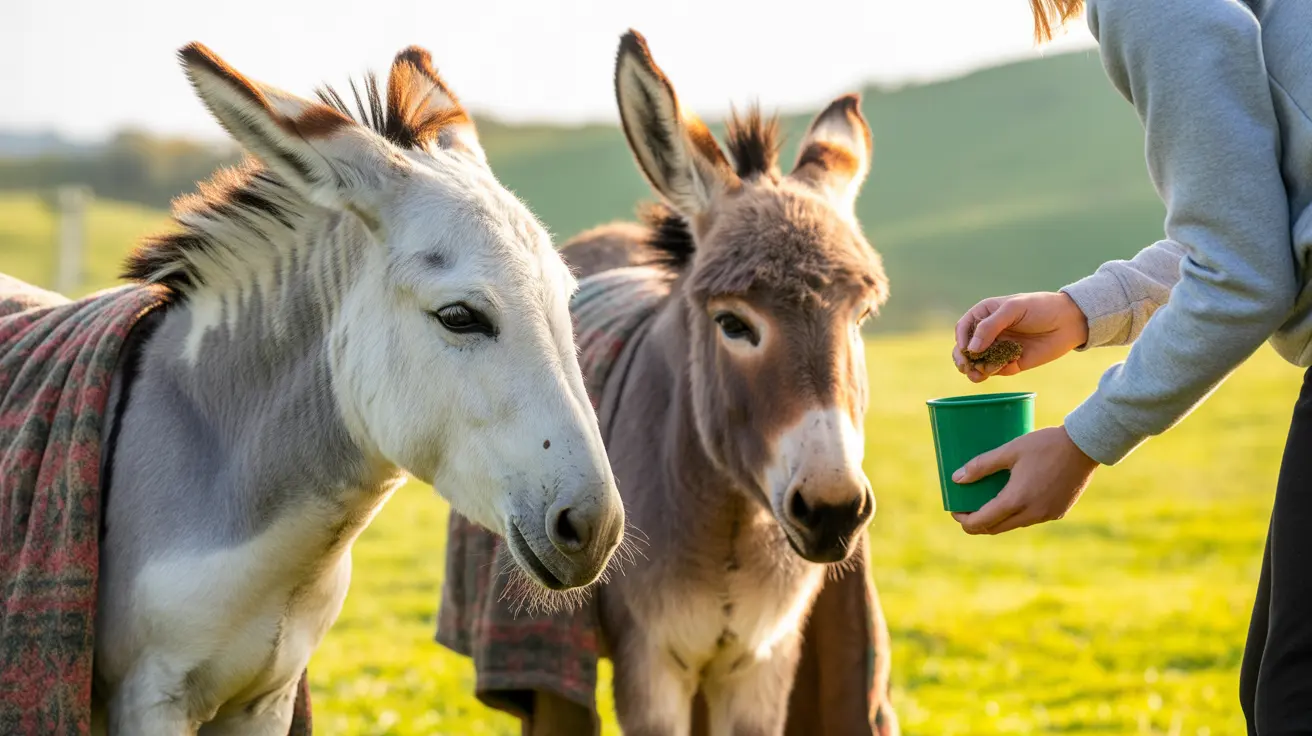The quest to find the Guinness smallest cat in the world has captivated pet lovers and researchers alike, leading to some remarkable discoveries. From officially measured record holders to naturally tiny felines, these diminutive cats have earned their place in history through their uniquely small stature.
In this comprehensive guide, we'll explore the fascinating world of record-breaking small cats, their remarkable stories, and the science behind their tiny dimensions. Let's meet these extraordinary felines that prove good things truly come in small packages.
The Ultimate Record Holder: Tinker Toy's Remarkable Story
The title of smallest cat ever recorded belongs to Tinker Toy, a blue point Himalayan-Persian who set an astounding Guinness World Record. At just 2.75 inches in height and 7.5 inches in length, Tinker Toy's measurements were verified when he was 2.5 years old, making him significantly smaller than the average cat of his breed.
Born on Christmas Day 1990 in Illinois, Tinker Toy was the runt of his litter but received excellent care from his owners, Katrina and Scott Forbes. Despite his tiny size, he lived for six years, though this was shorter than the typical 9-15 year lifespan of Himalayan-Persians.
Modern-Day Tiny Champions
While no cat has officially broken Tinker Toy's record, several other small cats have achieved their own Guinness recognition. Fizz Girl, a Munchkin cat measuring 6 inches from floor to shoulders, held the record for shortest living cat in 2010. She was followed by Lilieput, another Munchkin who claimed the title in 2013.
Mr. Peebles, another notable tiny champion, stood just 6.1 inches tall and weighed a mere 3.1 pounds, earning significant media attention including an appearance on Good Morning America.
Understanding Small Cat Genetics and Breeds
The Munchkin breed frequently appears in records of smallest cats due to a natural genetic mutation affecting leg length. While these cats maintain normal proportions and energy levels, their shortened legs result in a distinctively small stature.
However, veterinarians and breeding experts emphasize that intentionally breeding for extreme smallness can lead to health complications. The most successful tiny cats, like Tinker Toy, are often natural genetic variations rather than products of selective breeding.
Health Considerations for Tiny Felines
Owners of unusually small cats must pay special attention to their pets' health needs. Regular veterinary check-ups are essential to monitor for potential issues related to their size, including:
- Skeletal development concerns
- Heart health monitoring
- Proper nutrition requirements
- Activity level assessment
Frequently Asked Questions
Who holds the Guinness World Record for the smallest cat ever and how small was it?
Tinker Toy holds the record as the smallest cat ever recorded, measuring 2.75 inches in height and 7.5 inches in length at 2.5 years old. This Himalayan-Persian cat's record has remained unbroken since it was set.
What cat breeds are known for their unusually small size, like the Guinness record-holding cats?
The Munchkin breed is most commonly associated with small size due to a genetic mutation affecting leg length. Several Munchkins have held Guinness records for smallest living cats, including Fizz Girl and Lilieput.
Are there any health or ethical concerns with breeding extremely small cats like the Guinness smallest cats?
Yes, intentionally breeding for extreme smallness can lead to serious health issues including skeletal problems, organ complications, and shortened lifespans. Veterinarians advise against breeding specifically for miniature size.
How does the smallest living cat differ from the smallest cat ever recorded according to Guinness World Records?
The smallest cat ever (Tinker Toy) measured 2.75 inches in height, while recent smallest living cats like Fizz Girl measured around 6 inches tall. The "smallest ever" record remains significantly smaller than subsequent "smallest living" title holders.
What should owners of tiny cats do to ensure their pets stay healthy despite their small stature?
Owners should maintain regular veterinary check-ups, provide appropriate nutrition, monitor activity levels, and watch for any health issues related to their small size. Professional veterinary guidance is essential for proper care.
Remember, while these record-breaking small cats capture our imagination, their care and well-being should always be the primary concern. Natural genetic variations leading to small size are preferable to intentional breeding for extreme miniaturization.






